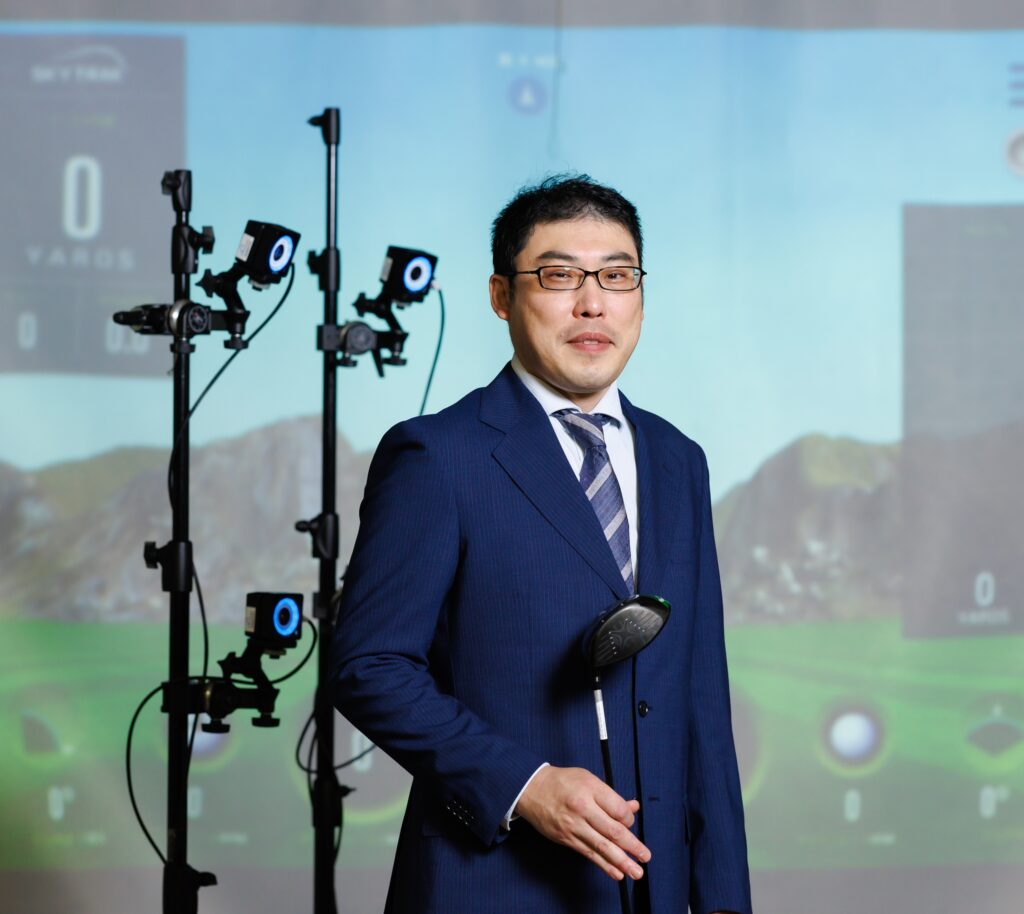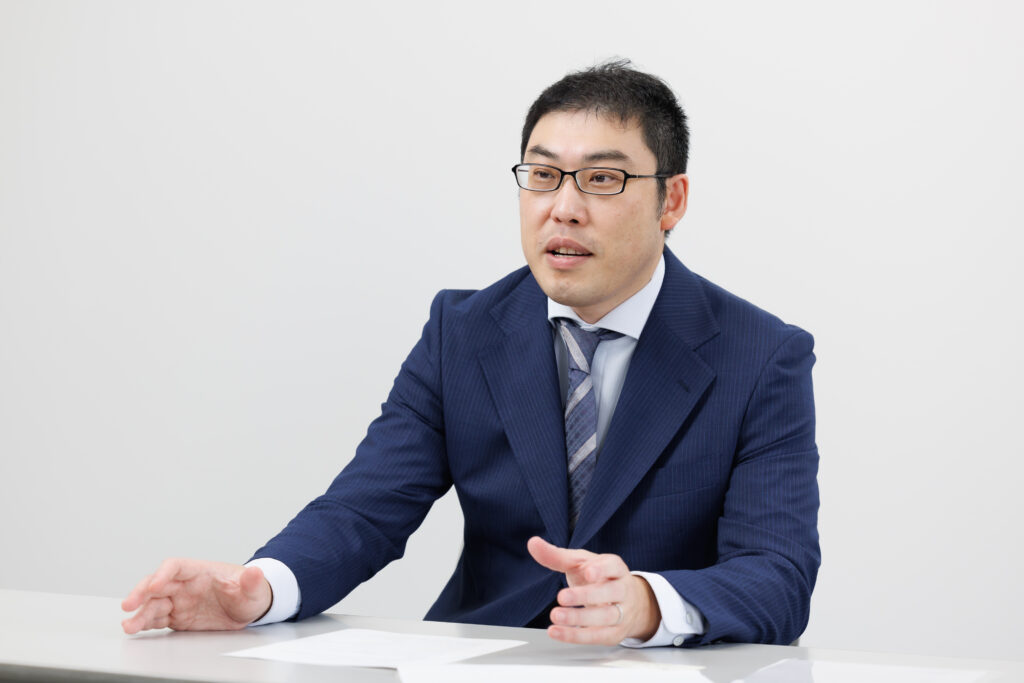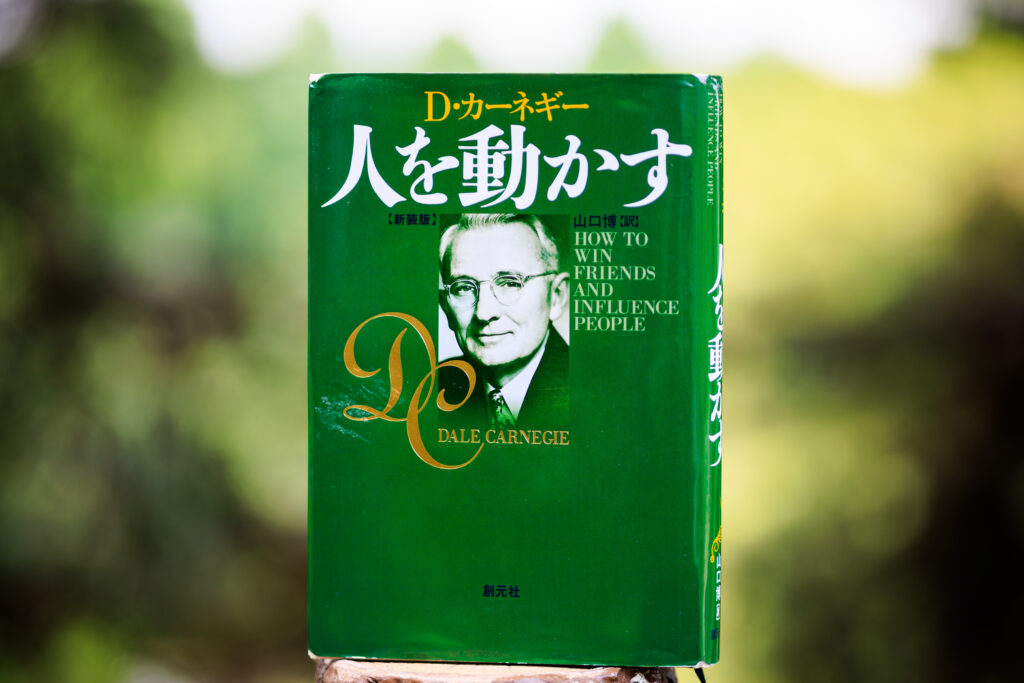
Why do people experience comfort when using things? Shoichiro Takehara of the Faculty of Science and Technology adopts an interdisciplinary approach to the analysis of “comfort”—combining mechanical engineering, human factors engineering, and Kansei engineering—and seeks to apply his findings to product development.
When humans use objects or ride modes of transport, we experience sensations of comfort: “that felt comfortable to use,” or “that felt comfortable to ride.” On occasion, we also experience the opposite: “that was difficult to use,” or “that was unpleasant to ride.”
But why is this? On what criteria does comfort depend? It turns out that there are an unexpectedly large number of factors at play—including many we are not conscious of.
My research focuses on scientifically analyzing human notions of comfort and pleasantness, and applying my findings to the actual development and evaluation of different products.
To analyze comfort, we must analyze a series of processes. First, we measure how the human body moves when it uses objects. Then, we consider what sensations these movements elicit in the user. Finally, we gauge the influence these sensations have on the human mind.
To this end, I integrate three different engineering fields in my research: mechanical dynamics, which seeks to identify the relationship between force and motion when a machine moves; human factors engineering, which seeks to understand interactions between humans and external objects; and Kansei engineering, which seeks to reflect human needs and feelings in product design.
Classifying preferences in autonomous car braking

My research covers a broad range, including sports equipment such as golf clubs and tennis racquets, modes of transport such as autonomous cars and trains, as well as objects such as school bags.
I have also engaged in joint research with automakers and railroad companies, to help them determine what their product development goals should be. Let me give you an example of joint research I conducted with an automaker into how autonomous vehicles brake.
When it comes to braking, there is a divergence in human preferences—that is to say, what is comfortable for each person differs with modes of braking. Some people feel more at ease when the brakes are engaged slowly and smoothly; but others feel a sense of anxiety unless there is an element of suddenness in the braking.
During our research, we used motion capture to make detailed measurements of how the human body moves under braking, and also measured the subjects’ lines of sight. We carried out questionnaires, too, to better understand how these subjects felt toward different braking methods.
Previously, it was thought that there was a huge range of human preferences when it came to braking; but when we actually compared the motion-capture measurements of how the body moves with the results of the questionnaires, we found these preferences fit a small number of patterns.
When mapping out future paths for product development, companies often attempt to take human needs and feelings into account; however, simply taking the average results from questionnaires rarely leads to success.
Through this research, we learned it was possible to incorporate human needs and feelings into product development by first classifying their range of preferences.
Motivated by an interest in people
An example of research that ultimately led to a product launch is my collaboration with the home furnishing products company, NITORI Co., Ltd., to design a school bag that prioritized child comfort.
With this product we took a Kansei engineering approach to define “comfort” for a child. Our investigations revealed that a high degree of friction between the school bag fabric and the child’s back—in other words, the school bag stayed in place and was less prone to sliding around—was key to the child’s perceived comfort.
The school bag was launched to market in March 2020, and was a recipient of the Good Design Award in fiscal 2019.
Although mechanical engineering research has a tendency to focus on objects, my own research is motivated by an interest in people—specifically, why people behave in the way they do.
Clues to manufacturing better products can be found in the people that use them. If we wish to manufacture highly usable objects, we must scientifically quantify and visualize the movements—and even the sensations—of the people they are intended for.
I believe this will become the new guiding philosophy for manufacturing, and contribute to the development of more comfortable products.
The book I recommend
“How to win friends and influence people”
by Dale Carnegie, Japanese translation by Hiroshi Yamaguchi, Sogensha

This book offers hints for how we should live our lives. Since I was a child, I have felt blessed with the people around me. After reading this book, I developed a habit of thinking about the backgrounds of the people I interact with—and this, I think, has helped me build positive relationships with many people.
-
Shoichiro Takehara
- Professor
Department of Engineering and Applied Sciences
Faculty of Science and Technology
- Professor
-
Professor Shoichiro Takehara graduated from the Department of Mechanical Engineering, Faculty of Science and Technology, Sophia University, and received his Ph.D. in engineering from the university’s Graduate School of Science and Technology. After working as a project assistant professor at the Institute of Industrial Science, the University of Tokyo, an assistant professor for the Mechanical Engineering Course, Department of Urban Liberal Arts, Faculty of Urban Liberal Arts, Tokyo Metropolitan University, and a designated lecturer at the Nagoya University Green Mobility Collaborative Research Center, Takehara was appointed associate professor at the Department of Engineering and Applied Sciences, Faculty of Science and Technology, Sophia University in 2013. He was appointed to his current position in 2020.
- Department of Engineering and Applied Sciences
Interviewed: June 2023